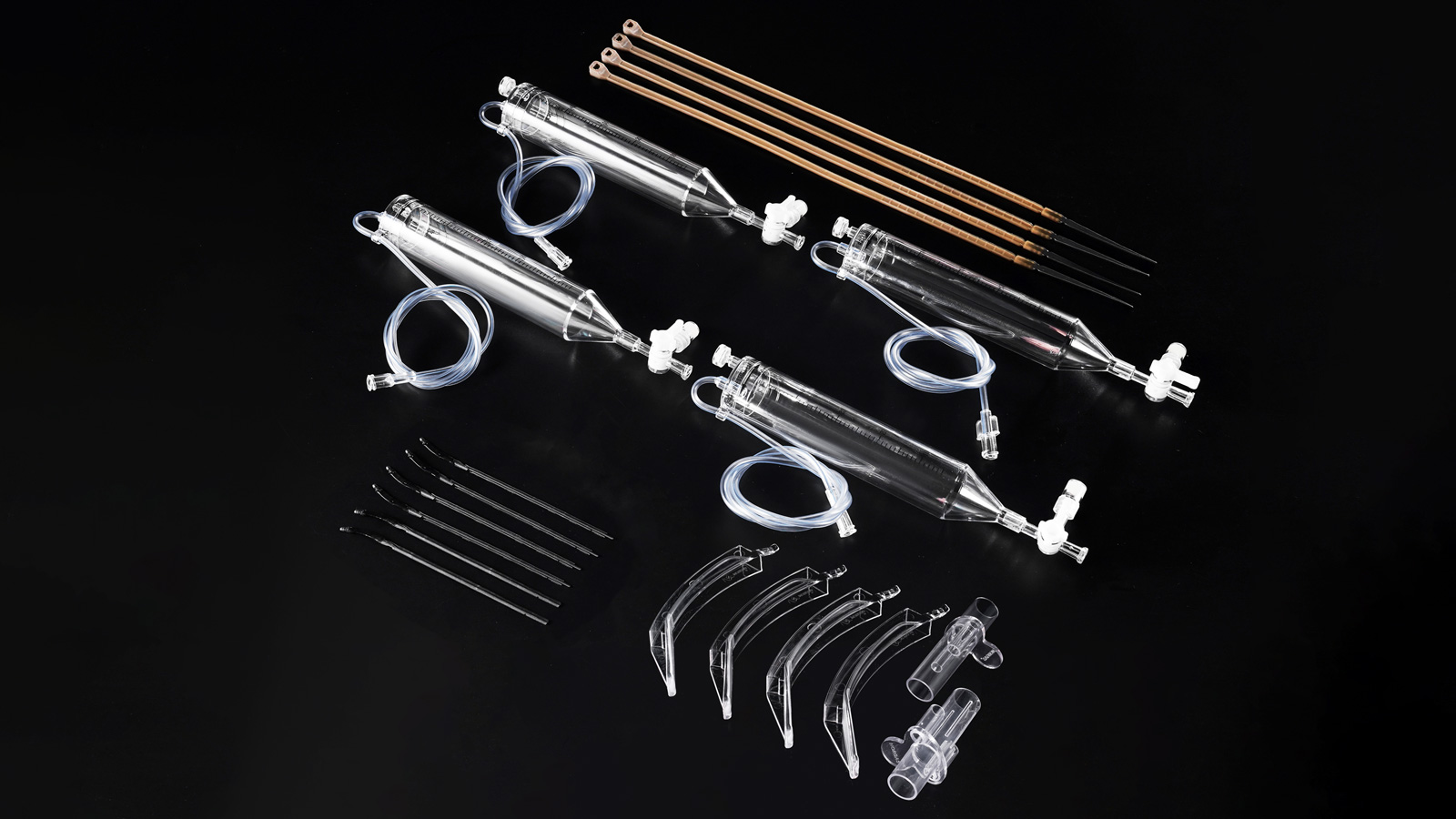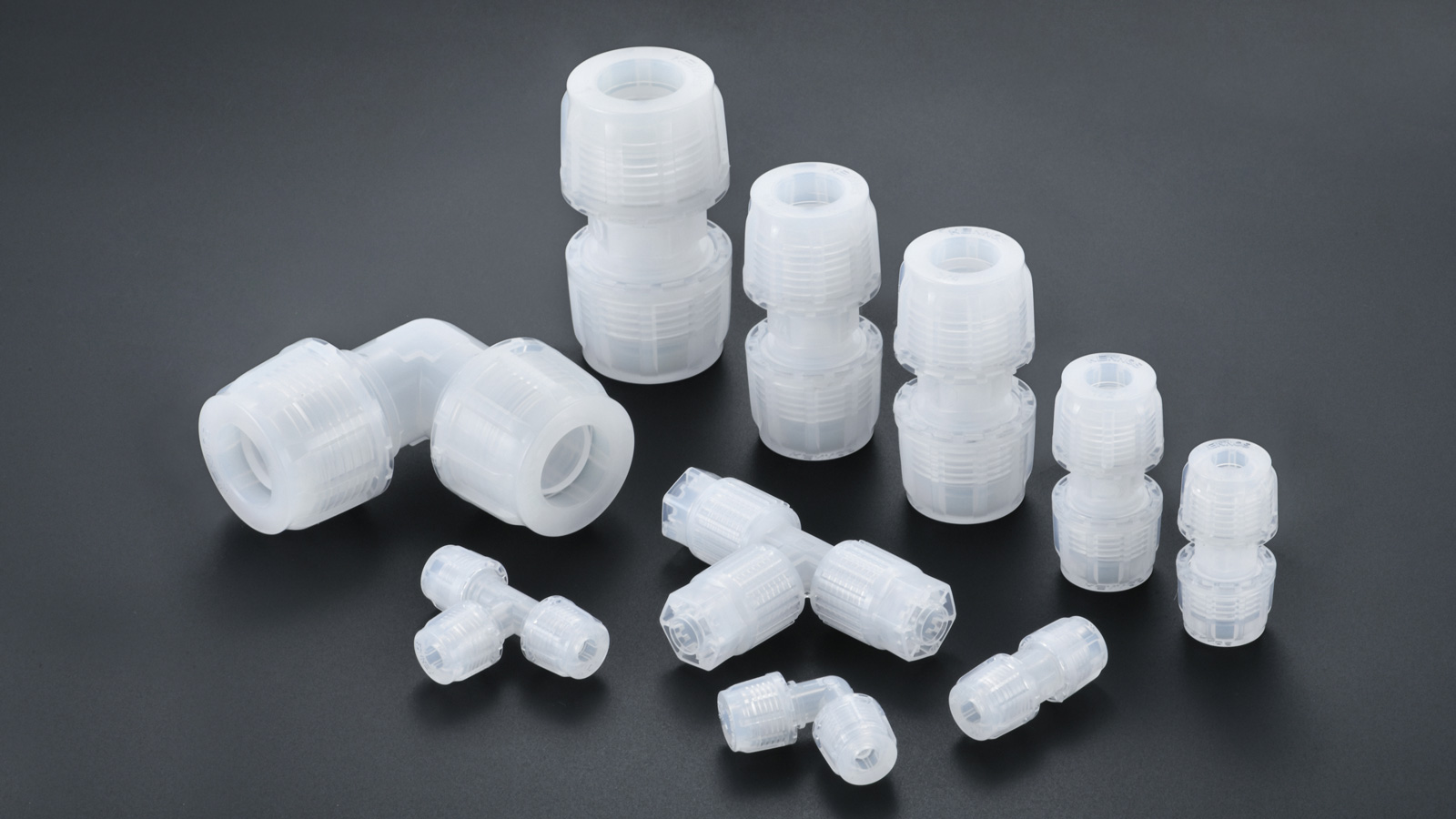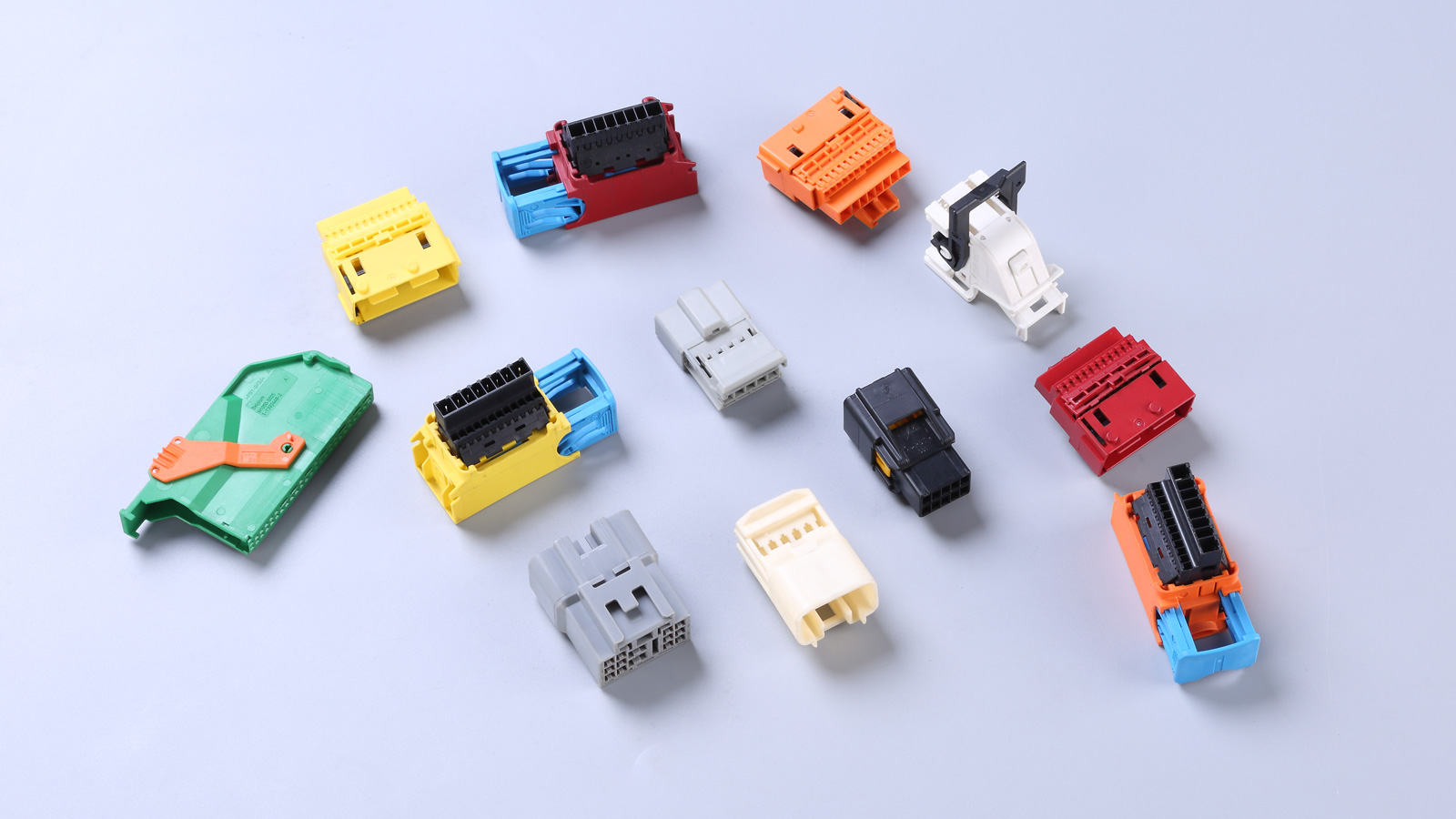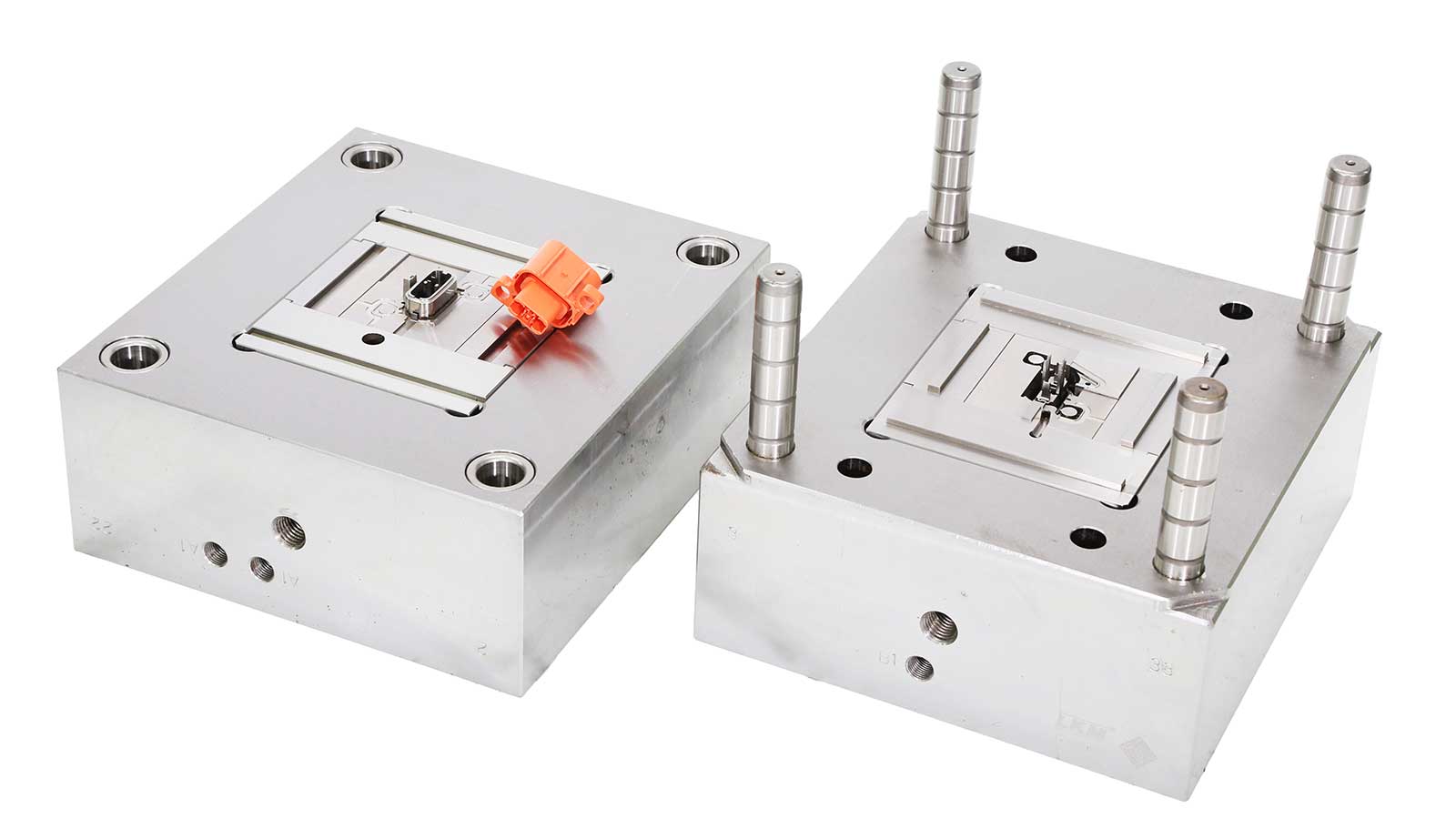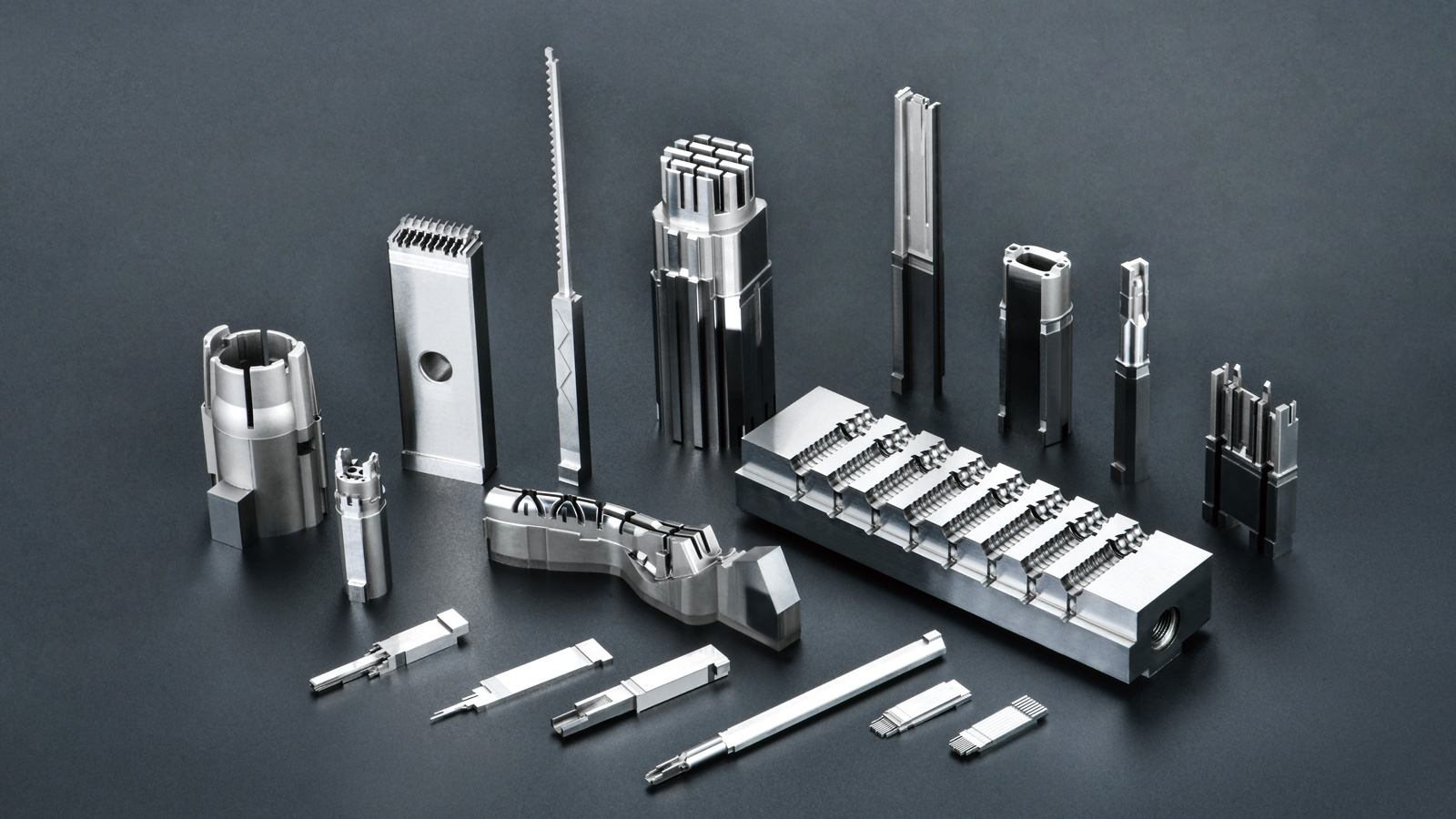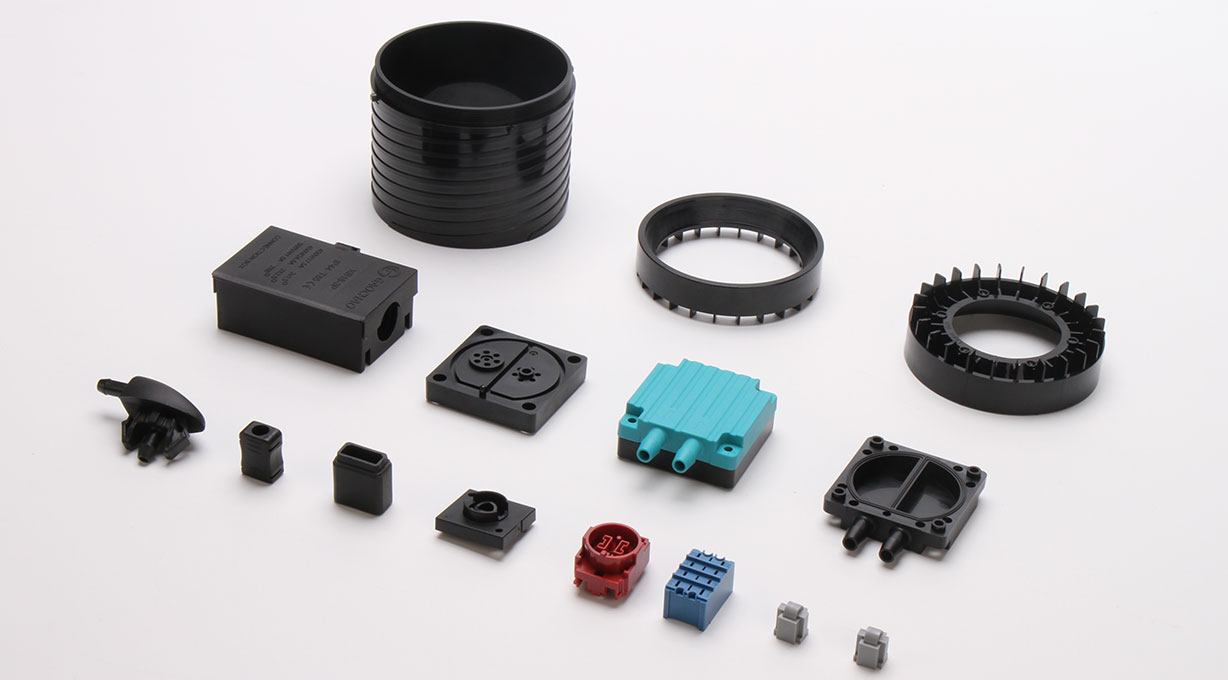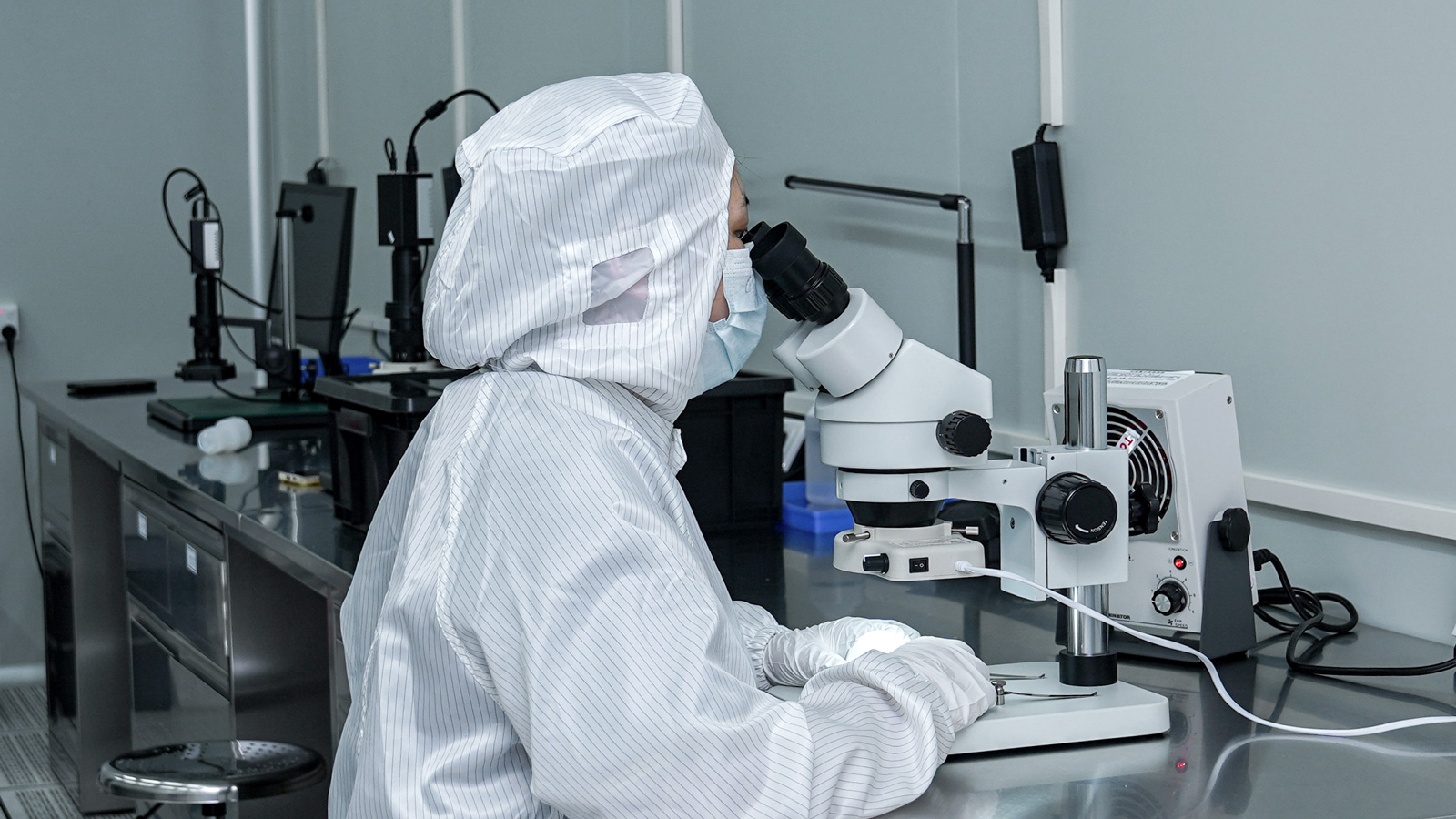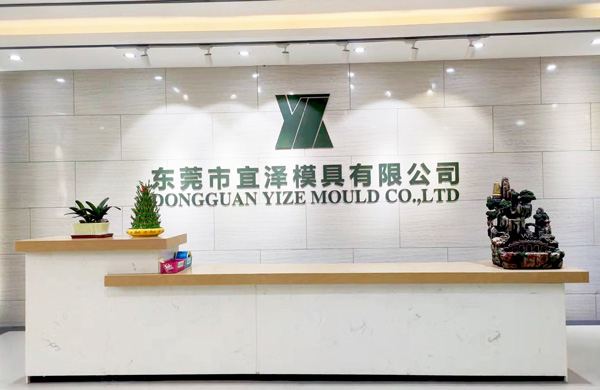The venting system is an indispensable component in the design and manufacturing process of injection molds. So, why is it necessary to design a venting system for injection molds? What are the harms of poor venting?
Firstly, we must recognize that the gas in the cavity of an injection mold generates significant back pressure when compressed, severely hindering the melt’s normal filling. More seriously, the heat generated by gas compression can easily cause the plastic to burn, thereby affecting the quality and appearance of the product. Furthermore, in situations where the filling speed is high, the temperature is high, the material viscosity is low, the injection pressure is high, and the plastic part is thick, the gas, when compressed to a certain extent, may infiltrate into the interior of the plastic part, causing defects such as pores and loose structure, which seriously affect the performance and service life of the product.
Given the importance of the venting system, we must take a series of measures to avoid poor venting when designing the venting system for injection molds. Engineers at Yize Mould follow the following key points in the design process, hoping to provide useful references for our peers.
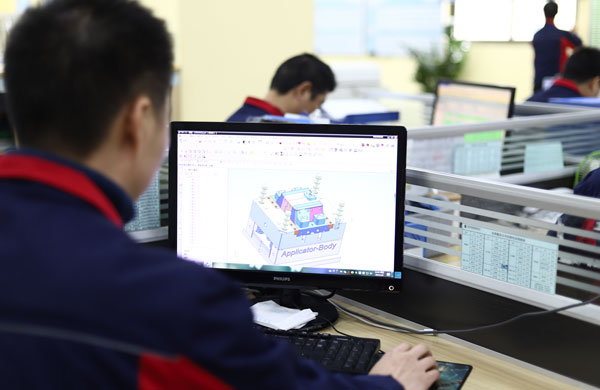
- Location Selection: The venting system should be placed on the parting line as much as possible, with priority given to the cavity side, to ensure smooth gas exhaust.
- Layout Optimization: The venting grooves should be arranged at the end of the melt flow and in areas with thick plastic part walls, where gas is prone to accumulate. A reasonable layout can effectively improve the venting effect.
- Safety Considerations: The venting direction should not be towards the operators to prevent high-temperature gas from burning them during injection. At the same time, the venting grooves are best designed in a curved shape to further reduce the risk of burns.
- Size Control: The size of the venting grooves should be such that plastic does not enter them, i.e., it should be smaller than the non-spillover gap of the plastic, to ensure the effectiveness and reliability of the venting system.
In summary, the design of the venting system for injection molds is a crucial task that directly relates to the quality and production efficiency of injection-molded parts. We hope that the introduction in this article can provide helpful assistance and guidance for designing the venting system of injection molds.
